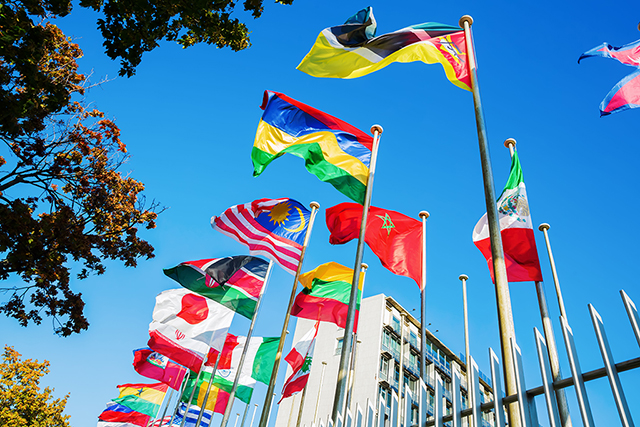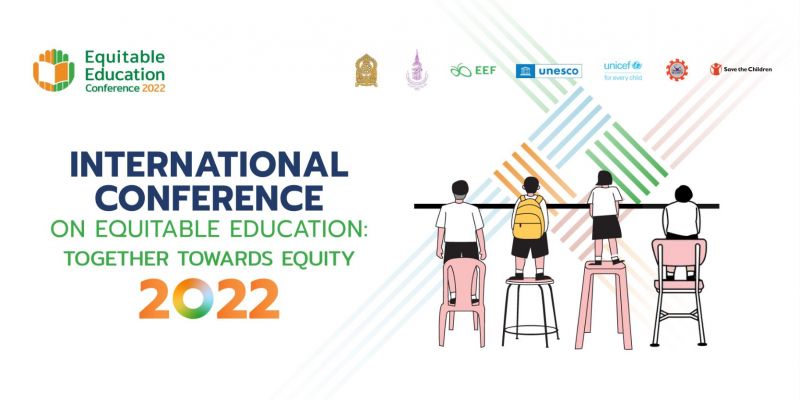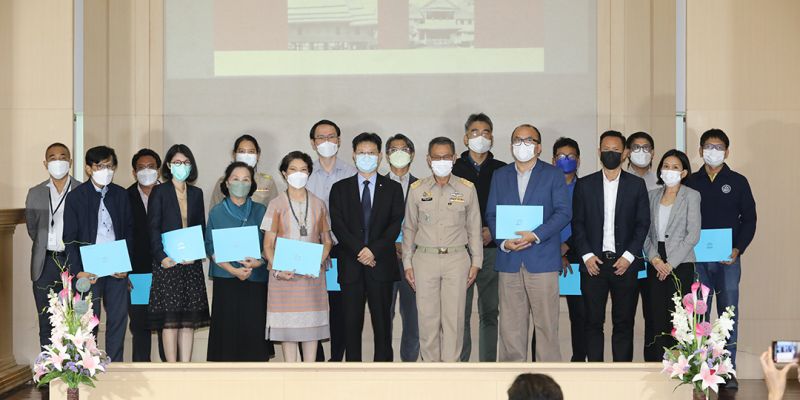Technical paper: Adolescent education, learning and skills development

Emerging evidence suggests that changes occurring during adolescence shape and are simultaneously shaped by learning, skills acquisition and educational experiences, ultimately affecting how adolescents feel, think, decide and interact with others (UNICEF, 2013). A significant body of literature, for example: Jodl et al. (2001), Seiffge-Krenke et al. (2010), Oyserman et al. (2006), Savitz-Romerj and Bouffard (2012), find that the enhanced cognitive capacities of adolescents at this stage encourage adolescents to identify and integrate long-term goals into their identities and claim greater ownership and responsibility for schoolwork and goal-achievement (NASEM, 2019). Some studies, such as Schurer (2017), also find linkages between education experiences and improvement in adolescents’ life skills, with one extra year of education improving individuals’ emotional stability, future orientation, risk tolerance and openness to experience, among others.
Given the importance of learning and education environments to adolescent development, ‘how’ ‘what’ and ‘whether’ the near-half billion adolescents and youth in the Asia-Pacific region learn determines their ability to learn further, enter the labour market and participate in society. Secondary education should prepare adolescents and young people for further learning, eventual entry into the labour market and participation in society. In doing so, adolescents and youth would be able to build on learning acquired from primary education and prepare them for post-secondary non-tertiary education and tertiary education. This will also facilitate their workplace transition and, according to some studies, support broader empowerment, as well as meaningful engagement in decision-making.
You can find the policy brief here.
To learn more about the conference and other downloadable materials, click here.







